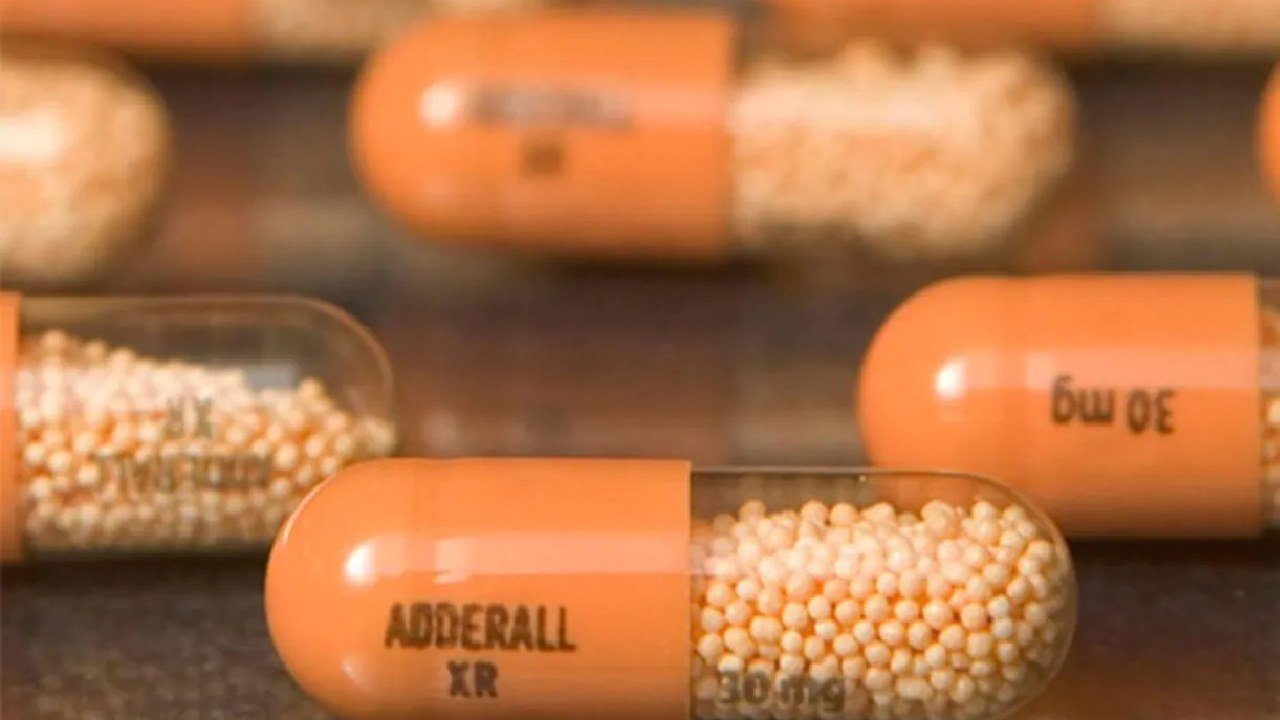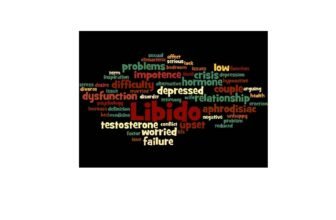There’s not much that stirs up controversy like herbal remedies. They’re steeped in tradition and folklore, yet they’re often criticized by scientists who believe there are better ways to heal people. Herbalism has a long tradition, and many herbs have powerful effects on the human body.
One of the most popular herbs is the nettle leaf, an herb that comes from the nettle plant. You may have never heard of the nettle leaf, but that doesn’t mean it can’t help you. Doctors and patients who have used nettle leaf say that it is a wonderful natural remedy.
While others disagree, stating that it will kill you. There are several things we need to cover in this article so you’re able to come to your conclusion about this herb.
Introduction
What is Nettle Leaf:
Nettle leaf, also known as stinging nettle leaf, is a plant that grows in various parts of the world. It is perennial and can be found in shady areas with moist soil. The leaves and stems of this plant contain stinging hairs that irritate the skin when touched. This is why people who are allergic to poison ivy or sumac may also be allergic to nettle leaves.
Nettle leaf is a natural remedy that can help you with allergies, asthma, and respiratory problems. The herb has been used by many cultures for centuries to treat conditions like these, as well as skin infections. The leaves of the nettle plant contain compounds called histamines, which are responsible for inflammation and allergic reactions in our bodies.
Histamine:
Histamines are came into contact with an allergen (like pollen or certain foods). These antibodies attach themselves to mast cells throughout your body, which causes them to release histamine into the bloodstream and tissues around them. The histamine then causes swelling and inflammation at these sites, which causes symptoms like sneezing or itchy eyes, or skin rashes like hives or eczema.
The most common misconception about histamines is that they cause allergies. This isn’t true—allergies are caused by the release of other chemicals called IgE antibodies. Histamines only play a role when those antibodies are released into your system after you’ve come into contact with an allergen (like pollen or certain foods).
These antibodies attach themselves to mast cells throughout your body, which causes them to release histamine into the bloodstream and tissues around them. The histamine then causes swelling and inflammation at these sites, which causes symptoms like sneezing or itchy eyes, or skin rashes like hives or eczema.
Ingredients
Other compounds found in Nettle leaf:
Nettle leaf contains many active compounds, but some of the most important ones include:
Vitamin C is an antioxidant, meaning it helps to neutralize free radicals and prevent cell damage. It also supports the immune system and promotes healthy skin, hair, and nails.
Calcium:
Calcium is important for strong bones and teeth, muscle contraction and relaxation, nerve signaling, blood clotting, and heart function.
Iron:
Iron is essential for red blood cell production, which carries oxygen throughout the body. It helps increase energy levels in your body and improves brain function.
Ursolic Acid:
Ursolic acid has been shown to have anti-inflammatory and antioxidant effects. In addition, it has been shown to have neuroprotective effects on human cell lines.
Quercetin:
Quercetin is an effective antioxidant and anti-inflammatory agent. It also possesses anti-cancer properties, which make it an excellent supplement for treating cancer patients or those who are at risk of developing cancerous tumors.
Anthocyanins:
Anthocyanins are antioxidants that help prevent oxidative damage in the body. Anthocyanins also have anti-inflammatory properties that may help reduce symptoms of rheumatoid arthritis.
Pros And Cons
How to Plant and Harvest Nettle Leaves Properly?
The first step is to find a good spot for your nettle plant. You’ll want to put it in an area that gets plenty of sunlight but not too much—sunburn can cause the leaves to wilt and die, so make sure the plant gets enough shade in the afternoon.
It’s also important for the soil to be rich in nutrients, so if possible, add some compost before planting your seedlings and make sure they get plenty of water each day.
Once you’ve found a good spot and planted your seedlings, you’ll need to wait for about three weeks before harvesting any leaves from them. During this time, you’ll want them watered every day until they are fully grown—this will ensure that their roots have time to establish themselves properly within the soil before they start on their growth spurt!
After about three weeks have passed, you should be able to start picking off some leaves here and there without hurting anything else on your farm (just don’t take too many at once).
Harvesting nettle leaves is easy. All you need is a pair of gardening gloves and a sharp knife.
First, cut the nettle plant at the base of its stem, where it meets the soil. This will ensure that you don’t accidentally cut the plant into two pieces, which could cause it to die.
Next, place your gloves on and use your free hand to hold the bottom part of the stalk in place while you run your knife through it. Be careful not to cut yourself!
After that, simply remove any parts of the plant that are still attached to its roots and compost them so they can return nutrients to your soil for next year’s crop!
Frequently Asked Questions
A question that has been queried for generations! And the answer is… yes! Nettle leaf does increase testosterone. But there’s more to this story than just saying, “yes,” and moving on.
Nettles are an herb that has been used for centuries to treat a variety of ailments and conditions. More recently, researchers have found that it can help with low libido and erectile dysfunction, as well as other issues related to male fertility. Some studies have shown that nettles may even help men grow their testicles back after chemotherapy treatments!
So how does nettle root increase testosterone levels? It all comes down to the phytochemicals in the plant: saponins, which act as antioxidants and help reduce inflammation; coumarin, which can lower blood pressure; and polyphenols, which can decrease blood cholesterol levels. These compounds work together to improve blood flow throughout your body while also boosting energy levels and reducing stress.
If you have a high creatinine level in your blood, it may indicate that you have chronic kidney disease (CKD). If your creatinine levels are consistently above 3.5 mg/dL, it could be a sign that you need to see your doctor.
Nettle leaf tea is an herbal product that can help to control the kidney creatinine level of 8.19. It is made from the leaves of the Urtica dioica plant, also known as the stinging nettle. The leaves of this plant contain saponins, which are chemicals that have many properties in common with penicillin and other antibiotics. They can help to treat a wide range of conditions, from skin infections to arthritis, and they are also used in cosmetics due to their ability to reduce inflammation and redness.
There are several ways in which nettle-leaf tea can help control kidney creatinine levels. 8.19.
First, it helps with detoxification by removing harmful substances from your body so they do not build up over time (which can cause damage).
Second, it contains antioxidants that protect against free radical damage caused by environmental factors such as pollution and smoking (these antioxidants prevent cellular damage by neutralizing free radicals before they can cause any problems in your body system).
Third, it contains anti-inflammatory properties which reduce pain associated with arthritis or other conditions affecting joints throughout your body.
The answer is yes! Drinking nettle leaf tea can help to block DHT and increase hair growth in some people.
Nettle leaf is a natural shampoo ingredient that has been used for centuries in Europe and Asia. The active ingredient in nettle leaf, stinging nettle extract, contains phytochemicals that have been shown to increase blood flow to the scalp and aid in hair growth.
DHT blockers are one of the most common treatments for thinning hair, but they’re not always effective or safe. If you’re looking for a natural alternative to DHT blockers, you may want to consider drinking nettle-leaf tea instead.
It is generally recommended that 6 cups of nettle leaf tea per day is the maximum amount for a type 2 diabetic. However, it may be the case that larger amounts are safe for certain individuals or people with different metabolic conditions. We always recommend that individuals consult medical professionals before using herbal remedies and supplements. For most people, 6–9 cups of nettle tea per day are probably the limit, while people with more severe hypoglycemia or metabolic syndrome may need to stick to 3-5 cups per day. Be sure to always exercise caution and consult your physician before use.
Conclusion
Based on this information, it is safe to say that the nettle leaf has some amazing healing abilities. Whether it will help you or not depends on what is wrong with you. Typically, a face and body cleanser can be made with either nettle leaves or the infusion found on the website.
Granted, most products claim they will work wonders and make you feel 20 years younger, but these are just overinflated claims by people trying to make a buck off the desperate public inundated with ads and commercials featuring obnoxious hype.
It is recommended that you try drinking nettle leaf tea as opposed to buying nettle leaf face or body wash, just to see if it has any effects at all. If it doesn’t, all you lose is time.






